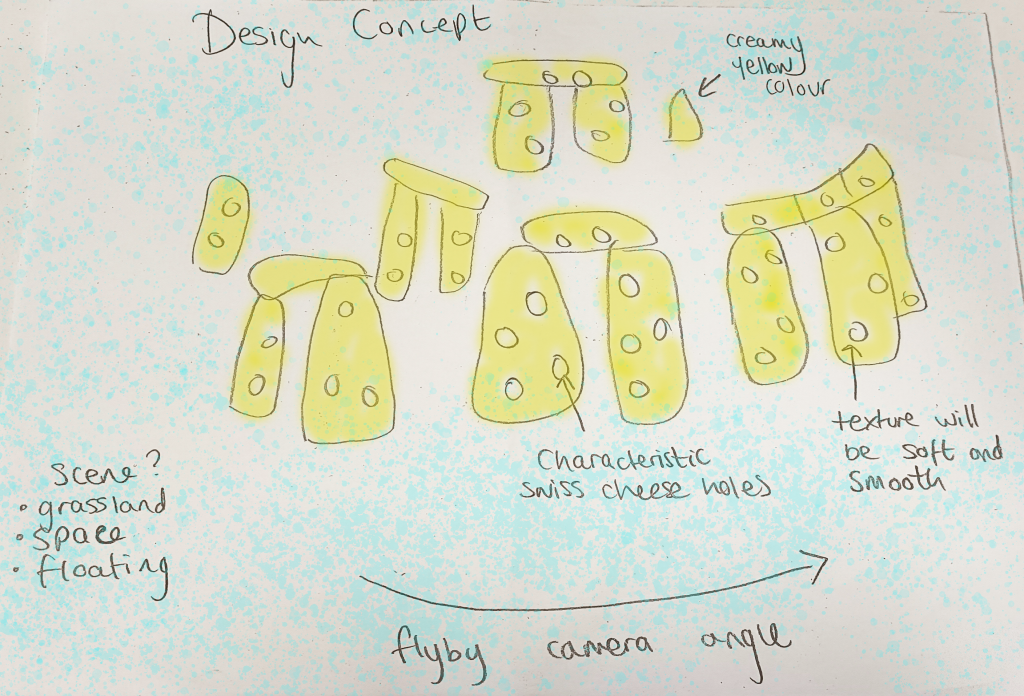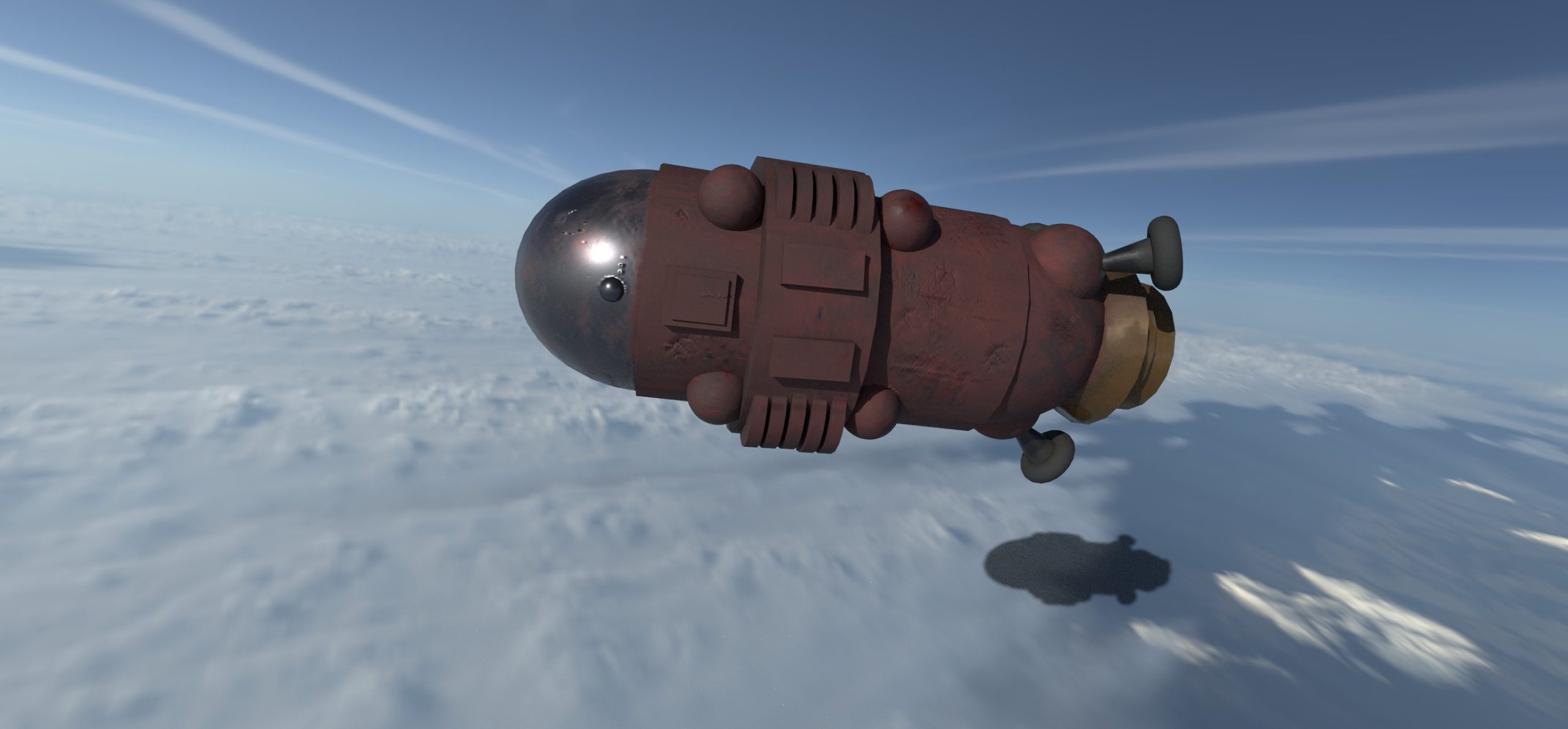Tufte’s Five Theories
Below is the list of Edward R. Tufte’s five theories that relate to his principles of visual display.
- Use of Colour
- Small Multiples Encourage Comparison
- Narratives of Space and Time
- Layering and Separation
- Micro/ Macro Readings
With this in mind, the main ways that some of Tufte’s theories will be incorporated into the 3D metamorphosis animation will be discussed below.
Colour
When planning the colours to be used in the final animation, the focus will be on a limited palette that will be aligned with Tufte’s first colour principle; “Natural colours were familiar to the eye and their associated meanings were learned over the course of the viewer’s lifetime.” Tufte. E.R., 1990. Envisioning Information.
The colour palette to be used will be a simplistic range to enable the first of Tufte’s principles relating to colour can be followed. The use of colour is one of the most noticeable features of the animation as there are only two colours (blue and yellow) used throughout the whole animation sequence which enliven the data. This makes the animation easy to follow and understand. In the words of Zachry, M. and Thralls, C., 2004. An Interview with Edward R. Tufte. Technical Communication Quarterly “It essentially opened the entire world of visual evidence up so evidence was no longer statistical graphics.”

Small Multiples Encourage Comparison
The multiples can be recognized in the first 2 keyframes in which the Swiss cheese Stonehenge fly-by occurs, the circle of 3D cheese-like shapes will form a monument in their small multiples and the hole placement within the cheese and the size of each piece will create limited variables. This will follow Tufte’s second principle, as suggested by Tufte. E.R., 1990. Envisioning Information “Constancy of design between small multiples with limited variables allow the viewer to perceive and understand the differences between similar visual graphics.”
Narratives of Space and Time
When planning the movement of the animation in relation to the passing of space and time, the main focus will be the summoned block of cheese which will change via metamorphosis into different shapes in the timeline. The movement and transformation of the 3D shapes will “permanently preserve the visual instant” Book- Tufte. E.R., 1990. Envisioning Information.

References
Book- Tufte. E.R., 1990. Envisioning Information. Cheshire, Connecticut: Graphics Press. (pp. 81-93 (Accessed 12/02/2022)
Zachry, M. and Thralls, C., 2004. An Interview with Edward R. Tufte. Technical Communication Quarterly. [Online], 13(4), pp. 447–462. Available at:
http://www.edwardtufte.com/tufte/s15427625tcq1304_5.pdf (Accessed 12/02/2022)

